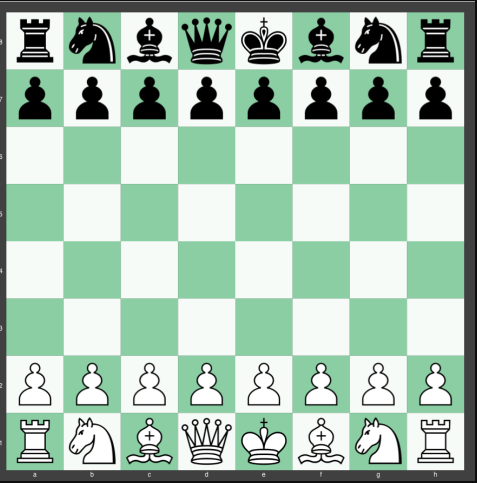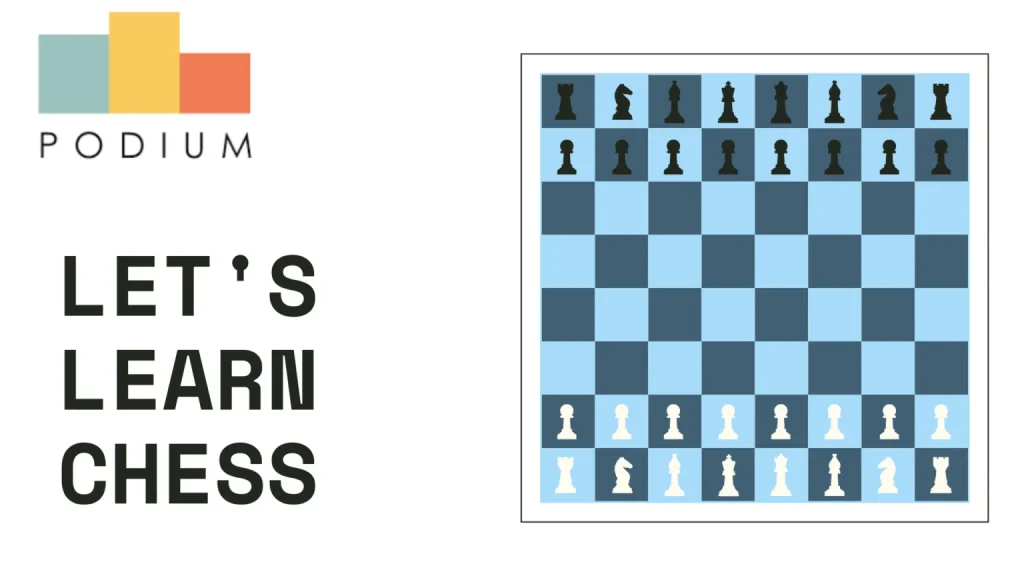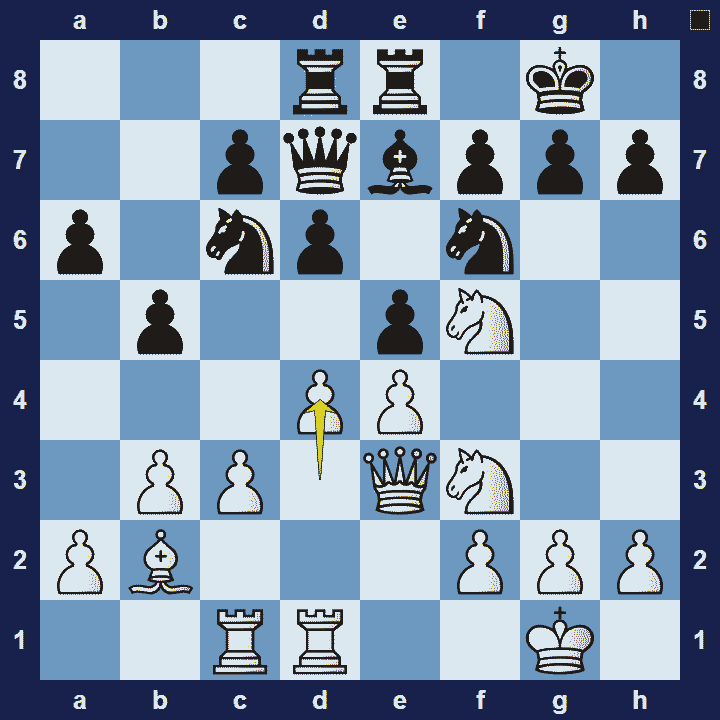To Begin with, One uses the English Opening 1.c4 to start the game. This is a very common white chess opening. Furthermore, Howard Staunton in the 1840s and 1850s used to very frequently use this opening. The English Opening is a flank opening, which means that White starts by pushing the c-pawn rather than the typical d-packs. To expand the topic, we will look into the topics:
Jump to Section
- What is the English Chess Opening?
- Real Life Example
- Advantage Of English Chess Opeining
- Basic Concepts
What is the English Chess Opening?
To begin with, The 4th most frequent white opening is the English opening. The opening is very flexible and often transferable to other opening lines, although the English are of their own style. Without committing the queen pawn or King Pawn, the aim of the opening is to press the centre d5 square into action. Due to its hypermodern style of play. Many plays like the English are on a flank move (using pieces from the sides along with minor pieces to apply pressure and control the centre).
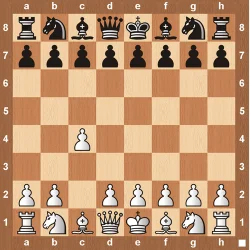
The second movement of White depends on the response of black. When the blacks aren’t able to control the middle white right away, the bishop can be fianchettoed by 2.g3 3. Bg2 and the white starts pressing the d5 square, even more, giving white control of the light squares. Many English games start very slowly because the pressure around the centre is increasing from both sides.
Real Life Example:
1.English Opening and Reversed Sicillian
- ♙c4
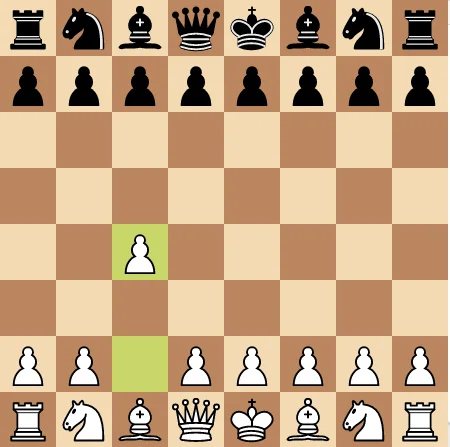
2. ♟e5, ♘c3, ♟g3
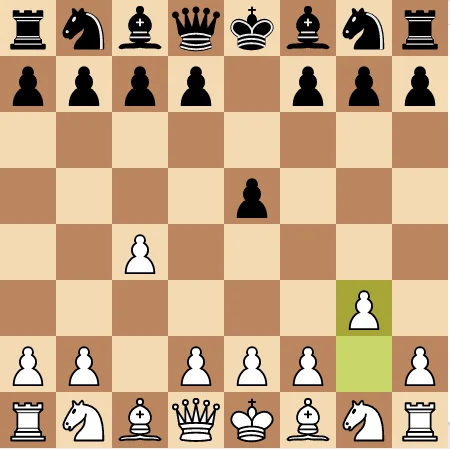
3.♞f6, ♗g2, ♟d5 , ♙d4
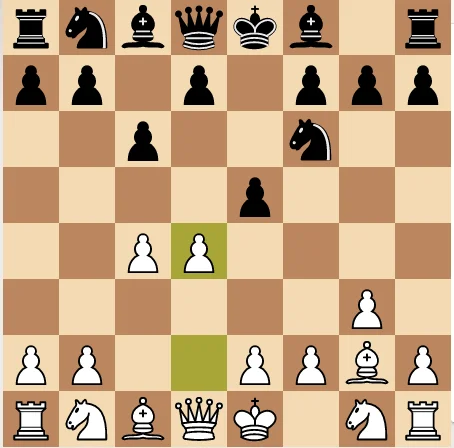
4. ♟exd4, ♕d4, ♟d5 , ♘f3
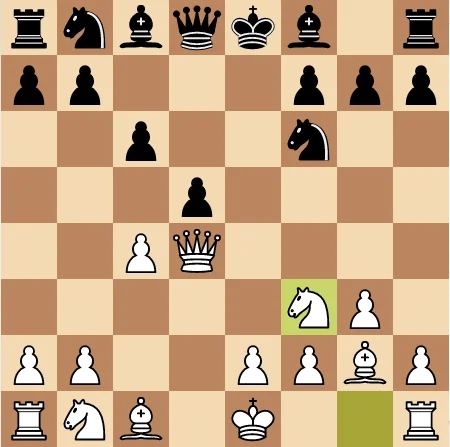
5.cxd5, ♞xd5, ♘c3, ♞b6
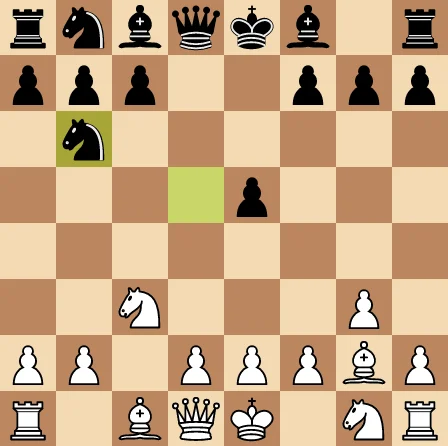
Let us know if you want to view the full match!
Advanatages Of English Opening
- It is regarded first of all as one of the most successful openings. You will automatically maximise your chances of winning by playing this.
- Secondly, Playing English Opening can be a vital alternative to all 1.e4 and 1.d4 players who are tired of entering all the main lines of the Black line on a repeated basis.
- Thirdly, A lot of unforced variations are brought about by the English opening. Direct contact is often delayed when the parts are opened and the movements on both sides are often widespread. White can thus avoid premature simplification, maintain many parts on the table and go to the point in full.
- Moreover, The English is quite flexible and you can become a multi-player. Often, the 1.d4 complex or the Reti Opening can be transposed in other openings (1.Nf3). That said, by playing only the English Opening and adding more variations step-by-step, you can start building your white repertoire.
- If one is a 1.d4 player, the English Opening allows you to avoid many unpleasant lines like the Slav Defense, the Nimzo-Indian, or the Grunfeld Defense.
Basic Concepts

First of all, the English opening is a hypermodern opening with a long history. It is essential to understand. White doesn’t attempt to control the centre with his cobblestones, but he spends some time fianchetto the bishop. White tries in many ways to control the centre rather than its pawns with his pieces.
The English Opening can lead to frequent complex strategic struggles. White relies more on slow handling than the Black army’s direct attack. Therefore, the most important strategic and tactical motives must be known even more importantly.
At the same time, however, this does not mean that you have no theory to know. The English Opening is certainly also full of theory, but generally speaking, the opening character is much less forceful.
The positions of the opening permit you to outplay your opponent by knowing important plans and ideas. You will certainly be rewarded if you are prepared to enter work learning this opening.
In addition, your positional, strategic understanding and technical skills will definitely be improved through your learning English opening.
Share with your friends

